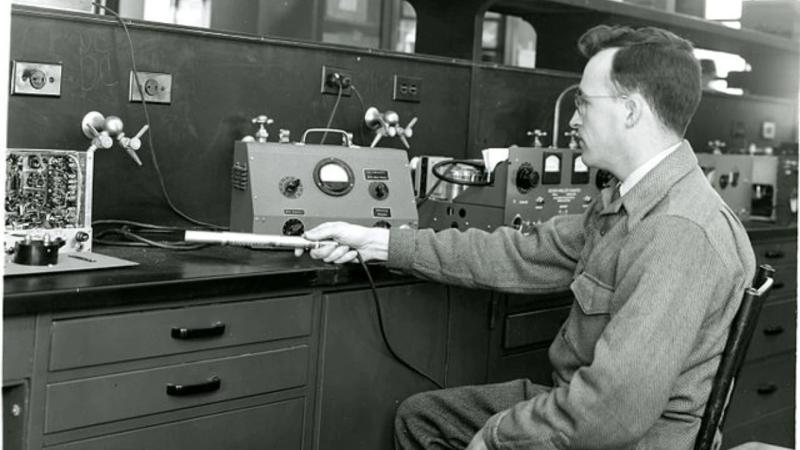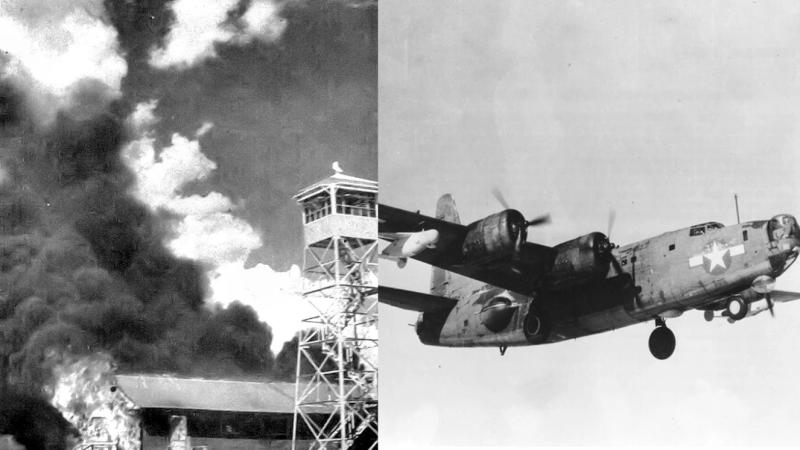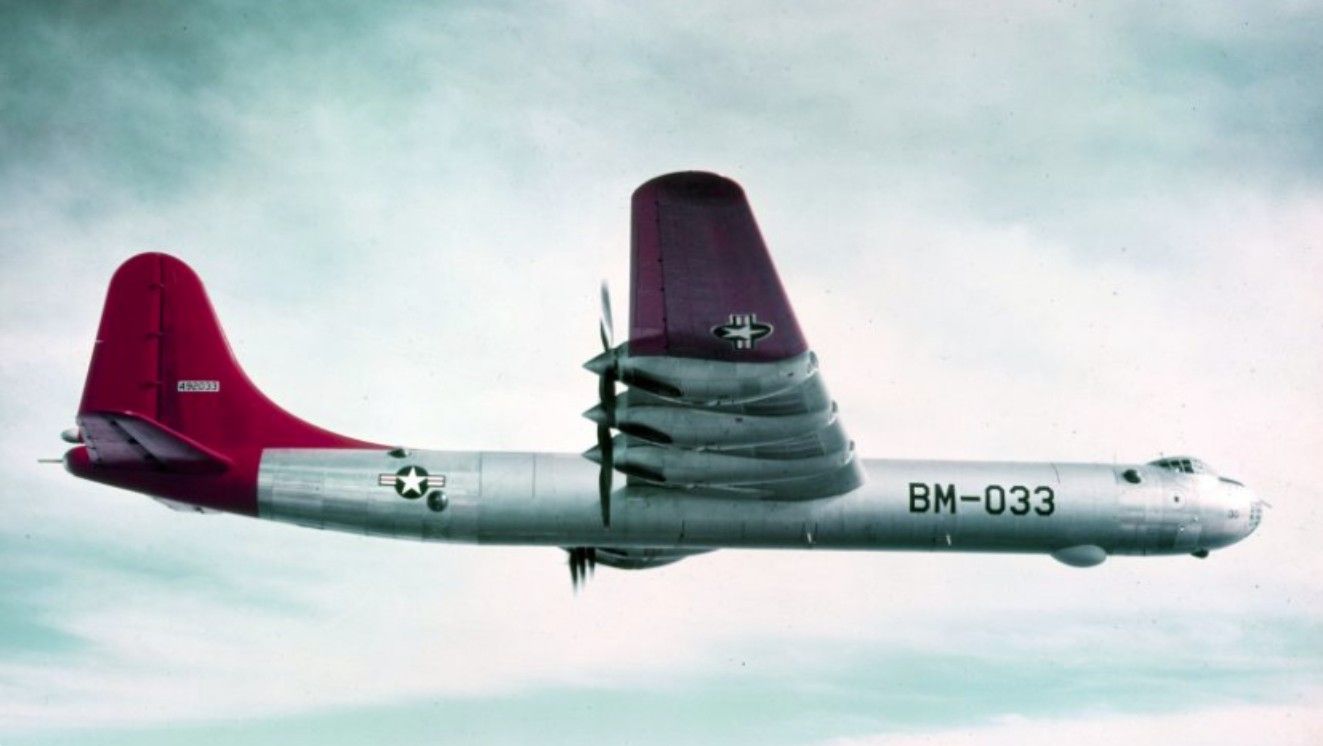PROJECT X-RAY: WWII BAT BOMBS DEVELOPED BY U.S. MILITARY

The U.S. military was willing to try almost anything if it could help win World War II, as at the time, it was an intense fight mixed with rapid invention. During this time, some weapon ideas were smart, while others were just really strange.
One of the strangest weapons of all were bat bombs. The plan was to use live bats to carry small bombs to set Japanese cities on fire. Honestly, it sounds like a joke, right? However, it wasn't.
Keep reading to learn more about the origin of a weapon that the U.S. government invested real time and money in to make work.
Dr. Lytle S. Adams and the Bat Bomb Concept
Back in 1942, a dentist from Pennsylvania named Dr. Lytle S. Adams came up with a very unusual idea.
He had recently taken a trip to Carlsbad Caverns in New Mexico, where he saw thousands of bats flying out of caves at sunset. He was amazed by how many there were and by how far they could fly.
At the time, the United States was fighting Japan in the Pacific, and Adams knew that many Japanese buildings were made of wood and paper, which burned easily.
From there, he had this crazy idea: "What if bats could carry tiny firebombs, fly into those buildings, and start fires from the inside?"
“[I] had been tremendously impressed by the bat flight,” he later recalled. “Couldn’t those millions of bats be fitted with incendiary bombs and dropped from planes? What could be more devastating than such a firebomb attack?”
With a crazy idea, and a dream to pursue it, Adams wrote a letter to President Franklin D. Roosevelt about using bat bombs. Little did everyone know, Roosevelt liked it.
Instead of laughing it off, he sent the idea to his military advisors. Not long after, the U.S. government officially began working on the bat bomb project, or the so-called Project X-Ray.

U.S. Military Development of Bat Bomb Weapons
Shortly after, the U.S. Air Force was delegated to the project, and Adam began to assemble a team.
For this strange project, the scientists chose the Mexican free-tailed bat because it was small, fast, and common in the U.S.
They created tiny napalm bombs that weighed less than an ounce, which was small enough for a bat to carry without harm, and these bombs had timers that would go off minutes after being released.
The idea was to have thousands of bats in special containers, which would be dropped from a plane and would slowly fall with parachutes.
What is crazier with this idea is that the bat bombs actually worked because the first tests took place at Carlsbad Army Airfield and later at a fake Japanese village built in Utah. The tests showed that the bats did, in fact, find places to hide, and the fires they started could spread quickly.
Challenges in Bat Bomb Implementation by U.S. Military
As the project continued, things didn’t necessarily go as planned. Some of the bats got loose early, carrying real napalm charges.
They flew into parts of the airbase that weren’t supposed to be targeted, so a fire broke out, destroying a hangar and even burning a general’s car.
Yes, we know that it also proved that the bat bomb could work, but this idea also caused damage.
While technically successful, the project had problems because, first, bats are wild animals. They are hard to train, and their behavior is not easy to predict.
They also needed to be kept cold and asleep during transport, and many died in the process, as handling and releasing them safely took a lot of effort and planning.

Just When Bat Bombs Were Ready for Use, The Project Was Mothballed
This idea of bat bombs was a successful; however, they were never used because of the damage they caused. Due to the technical problems related to the idea, the U.S. decided to pivot, and started work on another secret weapon - the atomic bomb.
The atomic bomb was far stronger and easier to control, and with the new weapon, the military leaders decided to cancel Project X-Ray in 1944.
By that time, the project had cost around $2 million, which was a sizable amount back then.
While the entire project sounds like a strange tale from a comic book, it did happen. In the end, bat bombs didn’t help win World War II; their story just reminds us how far people will go in times of war and how the line between genius and madness can be very thin when the stakes are high.
Read next:
- These Are the Best States for Military Retirees in 2025
- Netflix Documentary, Air Force Elite: Thunderbirds, Takes Viewers Behind the Scenes
- 4 Organizations Honoring a Legacy of Service This Memorial Day, and All Year
Sources:
BY ALLISON KIRSCHBAUM
Veteran, Military History & Culture Writer at VeteranLife
Navy Veteran
Allison Kirschbaum is a Navy Veteran and an experienced historian. She has seven years of experience creating compelling digital content across diverse industries, including Military, Defense, History, SaaS, MarTech, FinTech, financial services, insurance, and manufacturing. She brings this expertis...
Credentials
Expertise
Allison Kirschbaum is a Navy Veteran and an experienced historian. She has seven years of experience creating compelling digital content across diverse industries, including Military, Defense, History, SaaS, MarTech, FinTech, financial services, insurance, and manufacturing. She brings this expertis...



